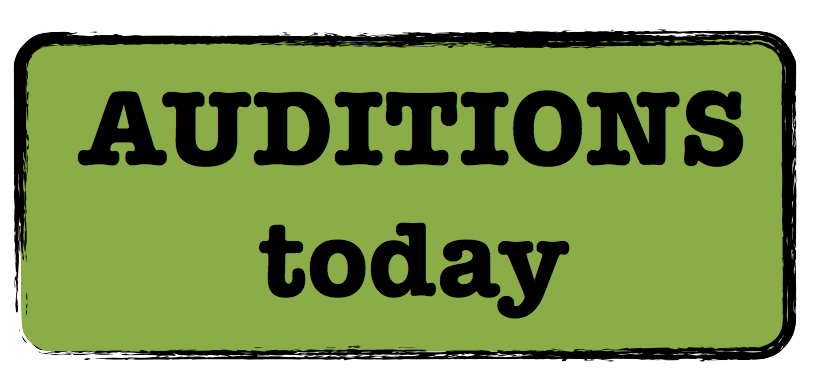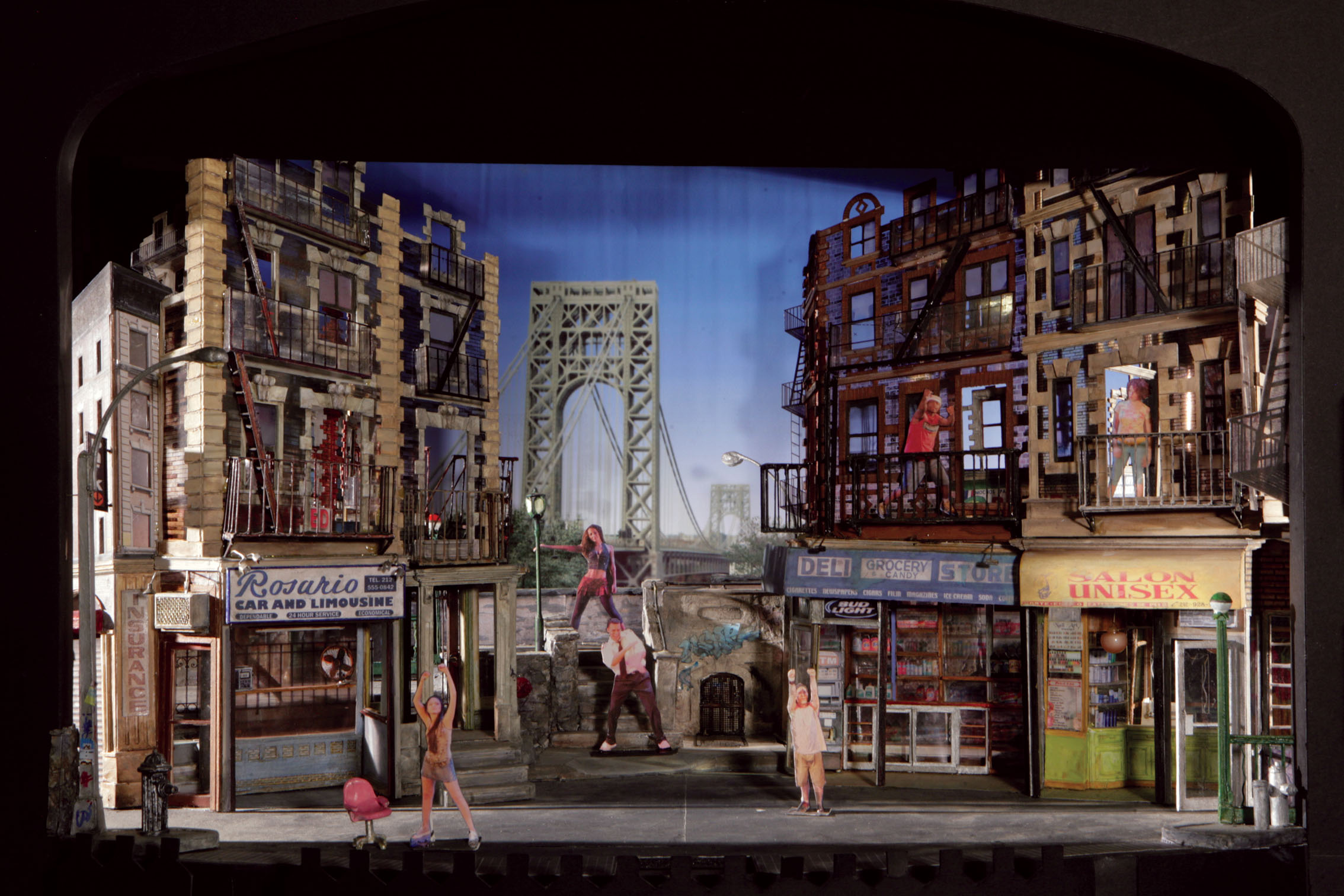Auditions are HARD!!! For EVERYONE!!!
People always think about the folks up there showing they can sing, dance, act or whatever… but it is just as hard and nerve-wracking for the people who are casting the show – the ones who supposedly, “hold all the cards!” It isn’t easier on that side of the table at all!
Here’s a few tidbits of advice from my experiences….
1) TELL PEOPLE!!! What’s the point of auditions if no one knows you are having them? You need a lot of people for any show – even a simple little two hander. You want choice, right? You want selection? You want word of mouth? TELL PEOPLE! Don’t hold secret auditions. Don’t have them on a tough weekend, like a holiday or when the super sale at the mall starts… pick a good time – far enough in the future and PROMOTE IT!
2) Tell people what the show IS! Sure it might have a title they recognize, but maybe it is a different version, or maybe you are planning to set it post-apocolyptic, (please don’t), or maybe you want TWICE as many actors as normal… if you don’t TELL THEM…. they won’t come.
3) Hold the auditions at convenient times. Evenings and Weekends work for community theatre – and make sure to mix that up. Don’t do just a weekend or just the evenings. Give people multiple chances to get out to see you. You need them, don’t you?
4) DON’T hold the auditions too far away from the show. You are only hurting yourself. If your show is in December, seriously, what is the point of auditions in January? So much can happen to people in between the time of the audition and when rehearsals start. Heck, they might even forget they are in your show! About 4-5 months before your show is fine, with rehearsals starting shortly after you cast it – but remember, if they don’t know about it, it doesn’t matter when you hold the auditions.
5) TELL THEM WHAT YOU WANT TO SEE!!! If it is singing – tell them what style. Provide examples if you can. Do they need to dance? Tell them. Be ready to teach that. Do you want a monologue? Comedy routine? Improv sessions? Don’t be afraid to shake it up and do something different – just be ready to answer their questions – cause they’ll have them!
6) Make your requests make sense for the show. Don’t ask for a WICKED inspired power ballad if you are doing a Shakespeare, and if the show is comedic, what IS the point of a classical monologue? Seriously, know what you are looking for when you prepare that audition statement.
7) Sit down with your team and discuss your dream cast. When I say dream cast – I mean it. Dream big! Who would you cast from all time of all the famous actors you and your team know? Build that EPIC cast list, (with options) and know what it is you are hoping to see walk through that door. Be ready though – cause it just might! OR – even more exciting – something you didn’t expect will show up and knock your socks off!!! Be ready for that.
8) Prepare your banter. Know what you plan to say to each candidate and be ready with that. Have questions. Read their sheets/resumes/questionnaires. They took the time to come out and fill out those forms, have something you’d like to know about them. Be curious. Be genuinely interested in them because they are genuinely interested in you and your project. It’s the least you can do.
9) Be ready for the hard decisions. Here’s where it gets tough. The person you thought would really “bring it” might not. The unexpected will happen. Be prepared with challenges for your actors so you can know who is really going to deliver and make the project exactly what you want it to be. Don’t waste their time. They are there, working in front of you and delivering their level best. Challenge them. Have the callback materials ready – KNOW what you want to see. Then have the guts to make the tough decision and stick by it. Whatever happens. It isn’t easy. Art is never easy.
10) This should really be the FIRST thing you do… and I shouldn’t even have to put it here, but I do, cause you’d be surprised…. READ THE SCRIPT. Read it again. And then read it a third time. Make sure EVERYONE on your team has a copy. And do your best to give them time to read it. Discuss it. Have questions ready. Solve problems with it before you even audition. And if, for some strange reason, you don’t have the script and you are heading into auditions… what are you doing? Wait. Get the script. Read it. It’s the only way to be certain you are ready for the project and your people who are investing their time are also ready.
These are just a FEW tips. Do you have more? Mention them in the comments below.



